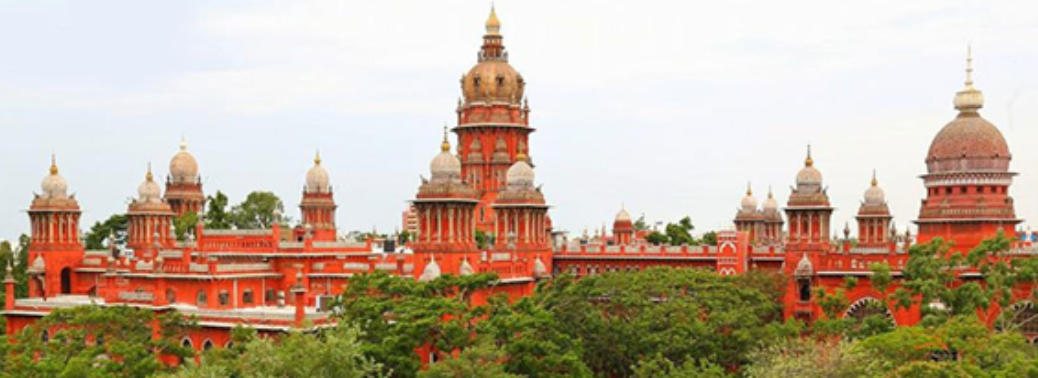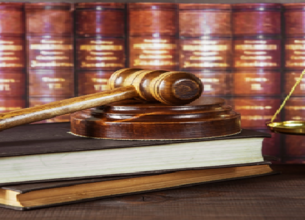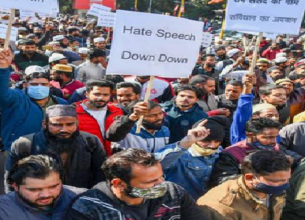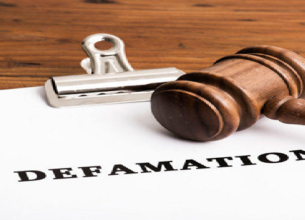HIGH COURT JUDGES TRANSFER
12, Sep 2019

Prelims level : Polity & Governance- Judiciary
Mains level : GS-II- Structure, organization and functioning of the Executive and the Judiciary Ministries and Departments of the Government; pressure groups and formal/informal associations and their role in the Polity.
Context:
- Supreme Court collegium consisting of five senior-most judges recommended the transfer of Madras High Court Chief Justice VK Tahilramani to the Meghalaya High Court.
Background:
- This recommendation was part of a series of appointments and transfers effected by the Supreme Court collegium in the last week of August.
- As per the norm, Tahilramani was given an opportunity to present her views on the transfer to the collegium.
- On September 3, another resolution of the collegium said that her request to reconsider the transfer could not be accepted. “On reconsideration, the collegium is of the considered view that it is not possible to accede to her request,” said the resolution.
Concern:
- The transfer has led to a barrage of criticism against the collegium and its opaque process of appointments and transfers. Tahilramani is the senior-most among the High Court judges currently holding office.
- Supreme Court collegium’s opaque process of transfers turning High Courts into subservient units of the apex court, even though that violates Constitutional principles.
- If justice is not being administered efficiently in one High Court under a specific chief justice, could another High Court function smoothly under the same official?
- On the other hand, can a chief justice consider one High Court to be more important than another and refuse a posting, given that the Constitutional position of all High Courts are equal?
Position of High Court:
- The Supreme Court has appellate powers over all High Courts.
- But this does not mean the High Courts are subordinate or subservient to the Supreme Court in any manner.
- The judicial system in India has its origins in the colonial era and borrows heavily from the British system.
- In legal parlance, both the Supreme Court and the High Courts are designated as “courts of record”.
- This means that the court proceedings are preserved for future, including for the purposes of appeal.
- Under the Constitution, Article 129 expressly declared Supreme Court to be a court of record, the High Courts are declared so under Article 215.
- Case laws
- In MV Elisabeth vs Harwan Investment and Trading Private Limited, the Supreme Court said, “High Courts have unlimited jurisdiction to determine their own powers.”
- In Tirupati Balaji Developers vs State of Bihar, following a controversy about some directions issued by the Supreme Court registrar to the Patna High Court, the Supreme Court elaborated on the relationship between the High Courts and the Supreme Courts.
- The Supreme Court acknowledged the Constitutional scheme where the powers of the High Courts are even wider than that of the Supreme Court in certain circumstances.
- For example, a High Court is granted power of superintendence over subordinate courts but the Supreme Court does not have any superintendence powers over the High Courts.
Transfer of High Courts Judges:
- The Supreme Court has recognised the importance of judicial transfers in the High Courts and the effect that such transfers have on the administration of justice.
- Given the experience of the Emergency era, when transfers were used as a form of punishment by the executive, the Supreme Court, through what is now known as the “Three Judges cases”, has monopolised transfer powers in its collegium.
- Unlike the appointment of High Court judges, which is done by a collegium of three senior-most Supreme Court justices, transfers are so important, they are collectively decided by the full collegium of the five senior-most judges.
- By law, a judicial appointment or transfer is made through orders of the President.
- But Article 222 of the Constitution as interpreted by the Supreme Court has put in place an implicit restriction on the President by making the concurrence of the chief justice of India a condition for the transfer.
- No transfer order can be issued by the President without the advice of the chief justice of India.
- On the other hand, the chief justice can advise such a transfer only after a resolution in the collegium.
- The collegium may also take the opinion of a Supreme Court judge hailing from the concerned High Court of the judge being transferred or the relevant High Court chief justice to effect a transfer.
- However, the consultative process that had been put into place to guard the judiciary against arbitrary transfers has been criticised over the years for itself becoming arbitrary.
- The case of Justice Tahilramani fits into this framework where the public is left with no information on why the transfer was made.










